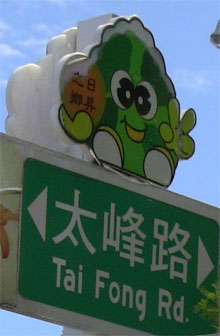 Here are some signs in Taimali Taimali (Tàimálǐ / 太麻里), Taidong County, Taiwan. In all cases of distinctive spellings, they’re in Tongyong Pinyin, even though they should have been replaced by Hanyu Pinyin years ago. When the change to Tongyong Pinyin was implemented, however, signs under national control (e.g., highway signs) were switched relatively quickly throughout the country. This, however, has not been the case with the switch to Hanyu Pinyin, especially in the south.
Here are some signs in Taimali Taimali (Tàimálǐ / 太麻里), Taidong County, Taiwan. In all cases of distinctive spellings, they’re in Tongyong Pinyin, even though they should have been replaced by Hanyu Pinyin years ago. When the change to Tongyong Pinyin was implemented, however, signs under national control (e.g., highway signs) were switched relatively quickly throughout the country. This, however, has not been the case with the switch to Hanyu Pinyin, especially in the south.
Note that the “Taimali” in the sign for the Taimali Railway Station is on a sticker rather than on the original sign. This is a bit odd, given that this is spelled exactly the same in all of the romanization systems commonly seen in Taiwan: Hanyu Pinyin, Tongyong Pinyin, MPS2, and bastardized Wade-Giles. So maybe what’s under the sticker was just an error. Taiwan’s signs certainly have their share of typos too. (Sometimes the authorities will even use a sticker to “correct” the right spelling with something else.)
Click any of the images below for a larger version.

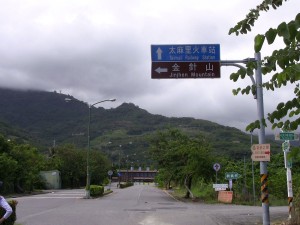
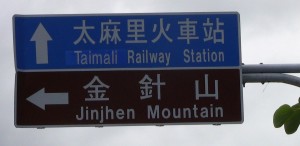
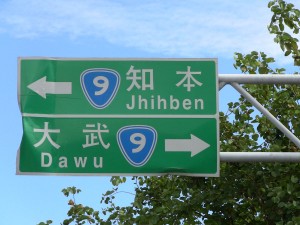

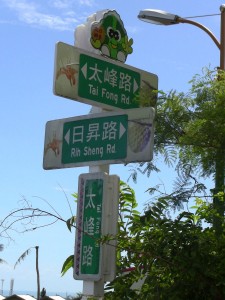
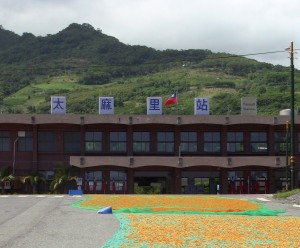
Just curious but how much do changing signs cost? And when changing the signs are they painted over or completely replaced?
@GummyWorm: The answer is approximately NT$80 zillion, according to whichever party is opposed to the particular change. See, for example, the DPP’s claim in 2008 that the change to Hanyu Pinyin would cost NT$7 billion (about US$240 million).
Sometimes the signs are replaced completely. When this happens, signs are often restyled, so that even signs whose spelling would not need to be changed are replaced. But stickers are also common, esp. for highway signs. Much of this probably depends on just who is paying for the project (the local government or the national one) and how much of the budget remains to be spent by the end of the fiscal year. Government departments that don’t spend all of their alloted funds by the end of a fiscal year typically have their budgets reduced, so department heads go on spending sprees to avoid that happening. This can benefit signage … or sometimes not.
Thus, signs are sometimes changed for reasons that have nothing to do with romanization, such as those god-awful street signs in Taipei that give ranges of address numbers. I don’t know if that was due to a budget surplus or not. Regardless, the people responsible for signage here really need to learn the concept of less is more.
doesn’t it say tài ?, not tái ??
D’oh! Fixed now.